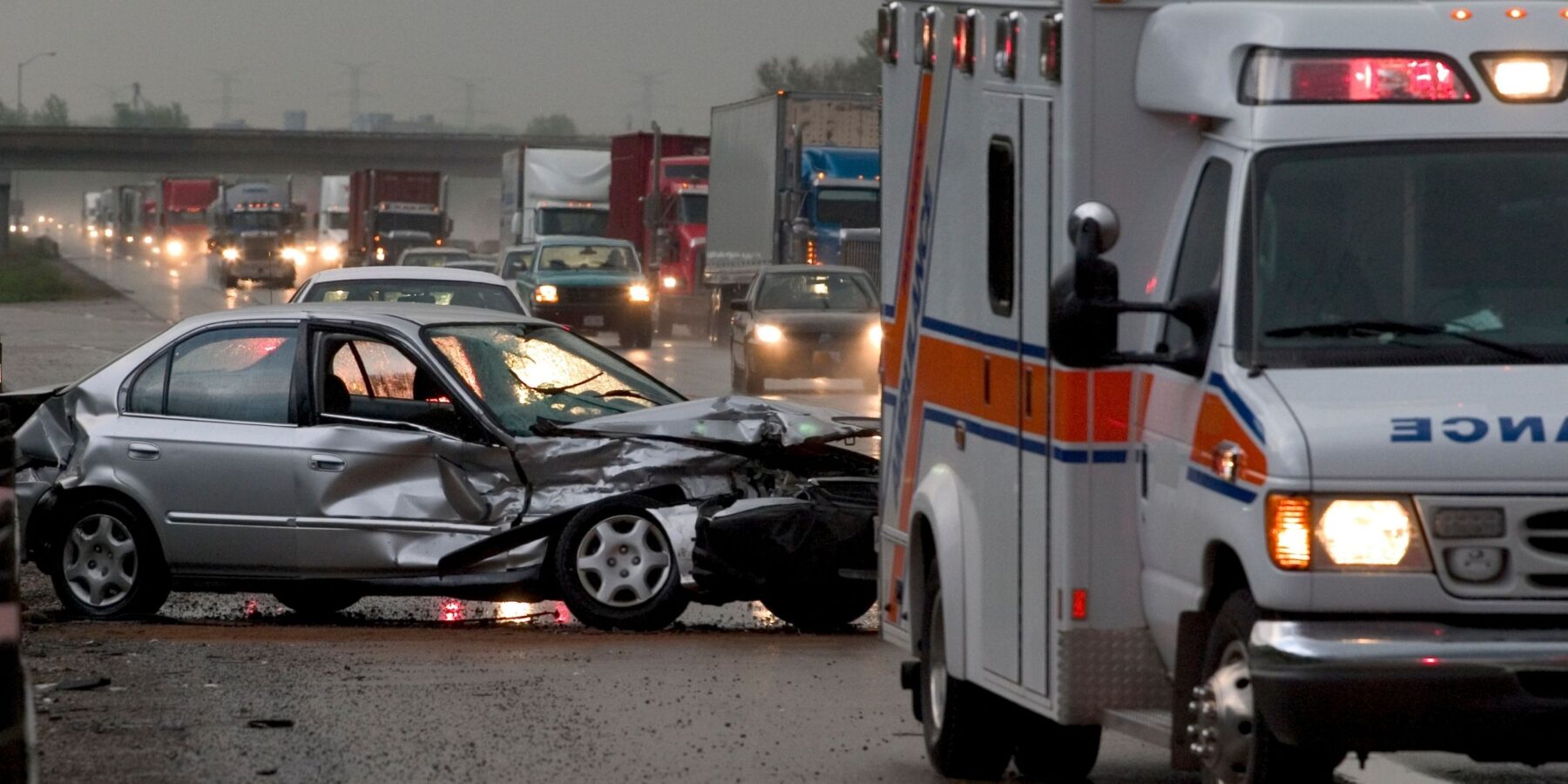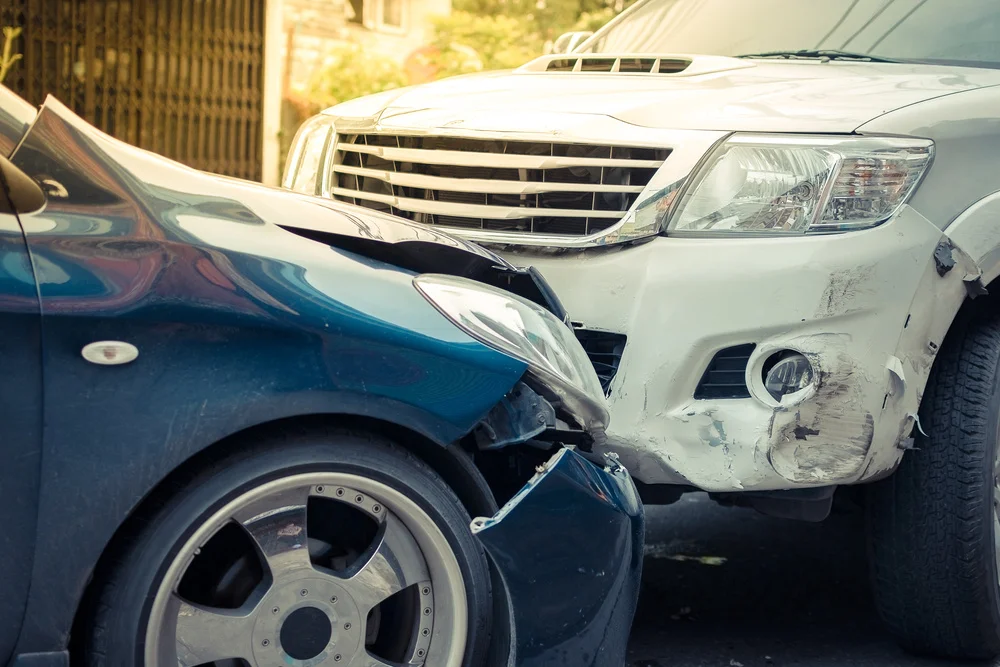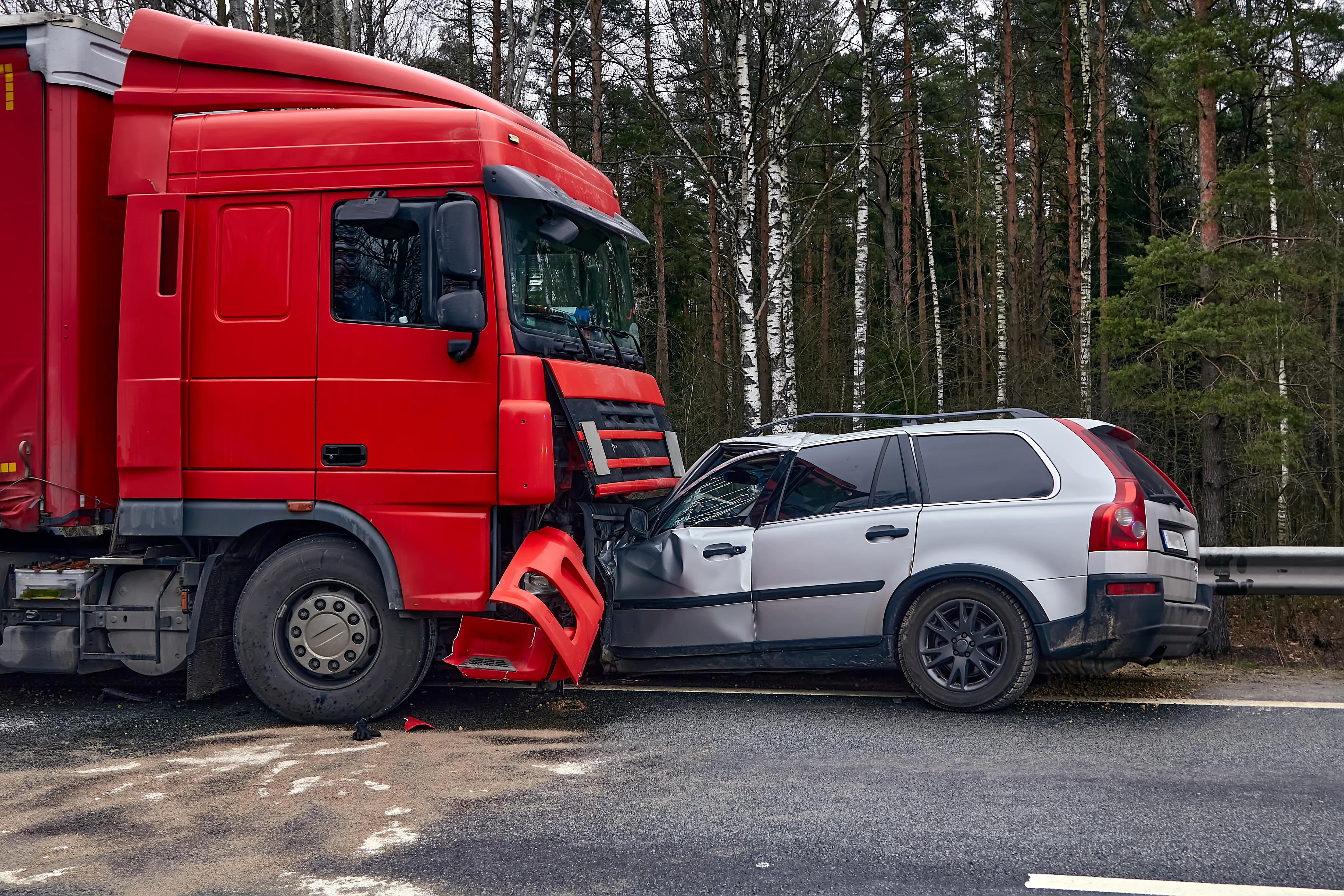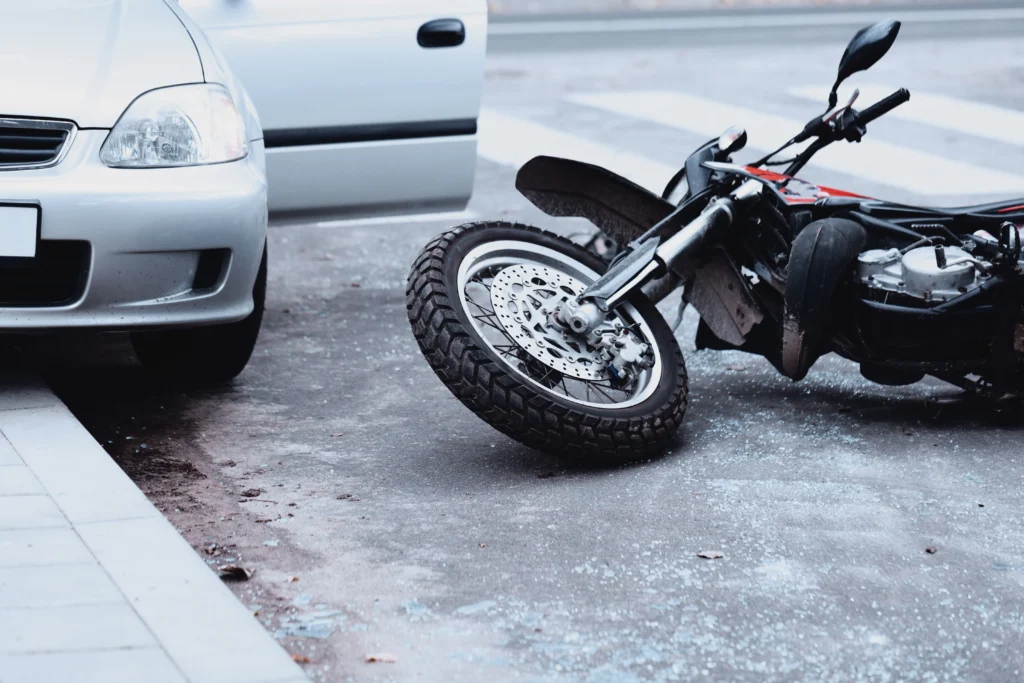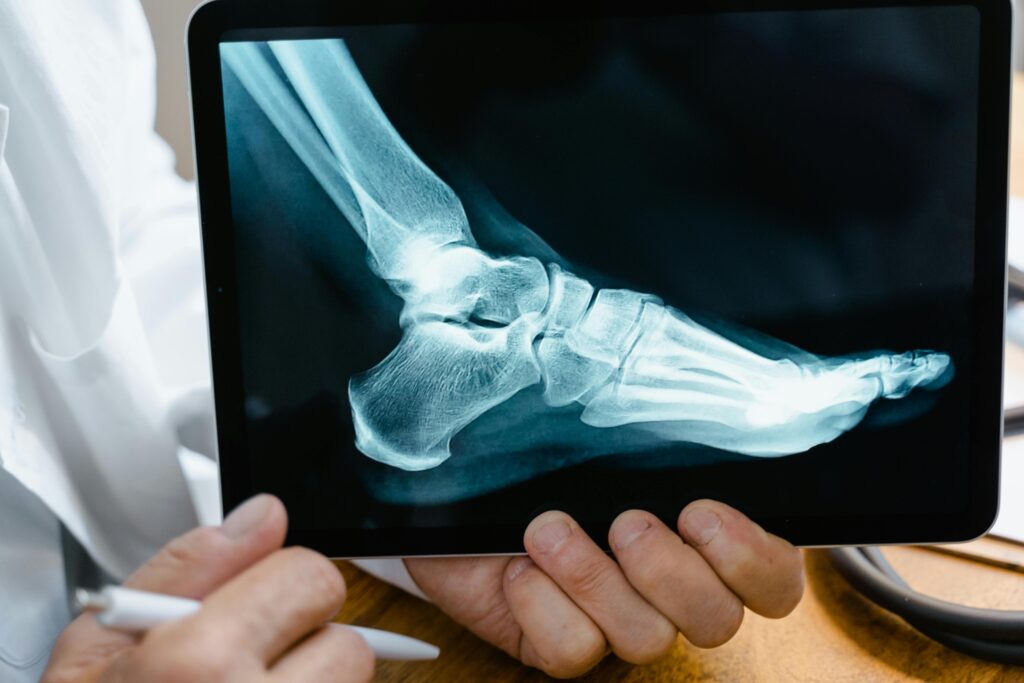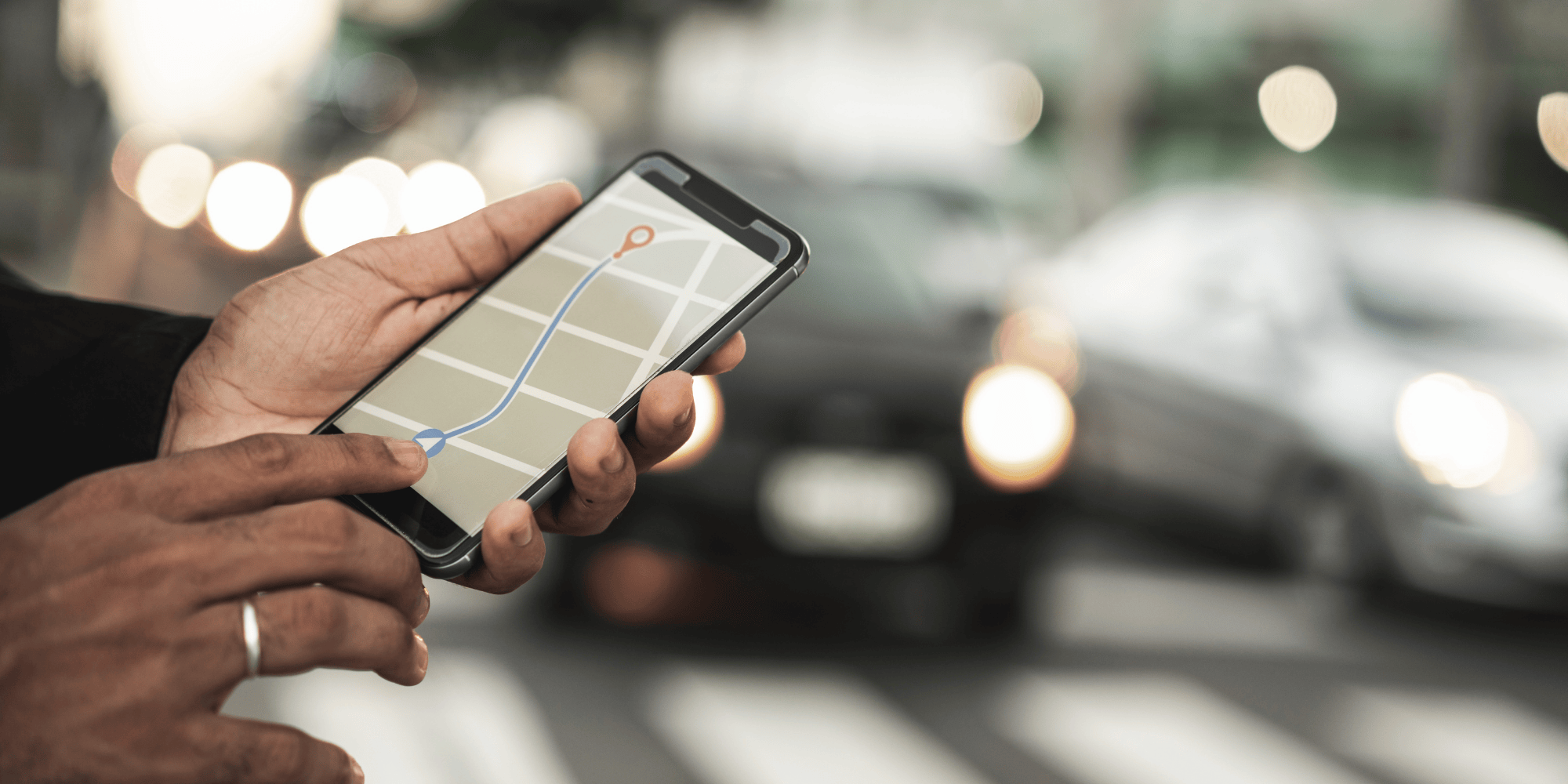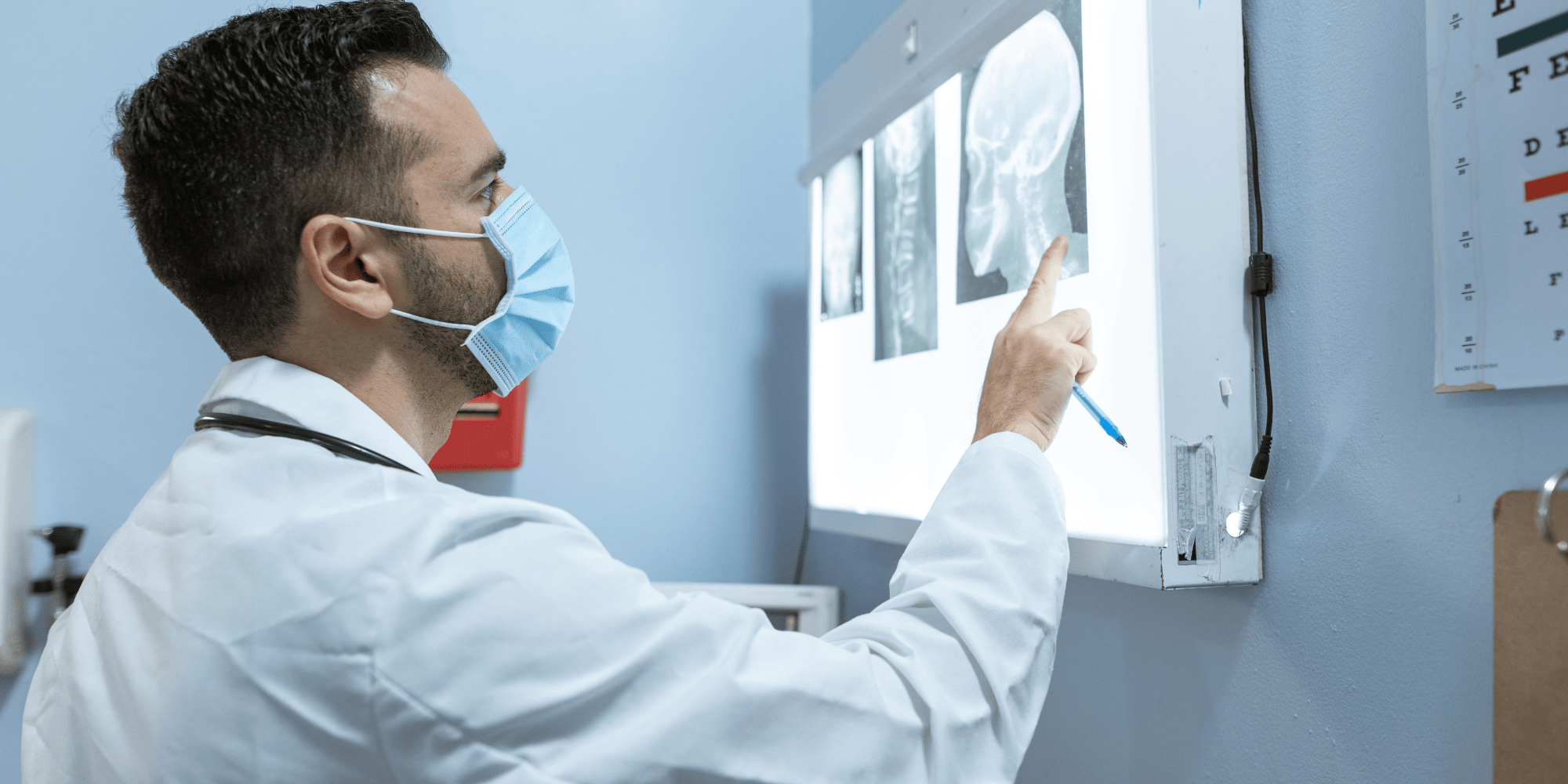What to Know About Car Accidents in Colorado Springs
Car accidents in Colorado Springs can happen without warning, often leaving victims with life-altering injuries, emotional distress, and steep financial burdens. The city’s rapidly growing population, combined with congested roads like I-25, Powers Boulevard, and Academy Boulevard, creates a high-risk environment for crashes. From minor fender benders to multi-vehicle pileups, these incidents can occur in neighborhoods, intersections, and on major highways at any time of day.
Understanding the legal landscape, common causes of accidents, and the steps to take after a crash is critical to protecting your rights. At the Law Office of Jordan S. Levine, we help car accident victims in Colorado Springs recover compensation and move forward with their lives. Our legal team is committed to holding negligent drivers accountable and guiding you through every step of the claims process.
If you or someone you love has been injured in a Colorado Springs car accident, contact us for a free consultation at (303) 835-4910 or visit our contact page. We’re here to help you understand your options and pursue justice.
Understanding the Dangers of Driving in Colorado Springs
Colorado Springs presents a unique mix of driving challenges due to its growing population, diverse road network, and varying terrain. As more residents and visitors travel throughout the city, the risk of serious car accidents increases, especially in areas with high congestion or inadequate infrastructure. Understanding these dangers is essential for protecting your rights after a crash and identifying liability during the legal process.
Traffic Congestion and Commuter Volume
Heavy traffic along major arteries like I-25, Powers Boulevard, and Academy Boulevard creates dangerous conditions for all motorists. These corridors serve as critical thoroughfares for local commuters, military personnel, and delivery vehicles, resulting in frequent stop-and-go traffic conditions. Sudden braking, lane weaving, and tailgating are common, particularly during rush hours.
The Colorado Springs Metropolitan Planning Organization (PPACG) has identified traffic congestion as a primary safety concern, especially near downtown and commercial zones. High-volume intersections such as those at Woodmen Road and Union Boulevard are frequent sites of rear-end and side-impact crashes due to limited visibility and erratic driver behavior. For traffic pattern updates and congestion mitigation plans, visit the Pikes Peak Area Council of Governments website.
Adverse Weather and Mountain Terrain
Colorado Springs experiences rapidly changing weather conditions that can affect road safety with little warning. Snow, ice, and rain make surfaces slick, reduce visibility, and increase stopping distances, particularly dangerous when driving on hills, curves, and poorly lit rural roads.
The proximity to mountain ranges also means steep grades and narrow roads, which require greater vehicle control. Drivers unfamiliar with these conditions are more likely to lose traction or misjudge turns, leading to spinouts or rollover crashes. The risk is even higher on roads like Highway 24, which connects the city to mountain communities and sees regular traffic from both tourists and locals.
To learn more about driving in hazardous weather, the National Weather Service provides tips for winter preparedness and safety.
High-Risk Areas and Intersection Hazards
Certain intersections in Colorado Springs are known for their high accident rates. These dangerous zones often involve poor signal timing, inconsistent signage, and confusing lane design, which together create a breeding ground for crashes. With a rapidly expanding population and a steady influx of new drivers unfamiliar with local roads, these intersections see a disproportionately high number of collisions compared to other areas of the city. Many crashes involve failure to yield, sudden lane changes, or red-light running, behaviors that can result in severe injuries or fatalities.
Data from the City of Colorado Springs Traffic Engineering Division highlights specific hotspots where accidents occur frequently, often near major shopping centers, schools, and commuter corridors.
Austin Bluffs Parkway and Academy Boulevard
Austin Bluffs Parkway and Academy Boulevard form one of the busiest intersections in Colorado Springs, connecting multiple residential and commercial zones. The volume of vehicles passing through this junction daily contributes to frequent delays, aggressive driving, and misjudged lane changes. Drivers often speed through yellow lights or fail to yield during left turns, creating a high risk for T-bone and side-impact collisions.
Poor visibility during peak traffic hours and complex lane configurations make this intersection especially dangerous for new drivers and out-of-town visitors. Pedestrians crossing at poorly timed signals also face increased risk, particularly near nearby bus stops and shopping centers. This area is under frequent review by the city’s traffic engineering team due to its consistently high collision rate.
Garden of the Gods Road and Centennial Boulevard
The intersection of Garden of the Gods Road and Centennial Boulevard presents a unique hazard due to its proximity to major employment centers and industrial zones. This area experiences high traffic volumes from commercial delivery trucks, commuters, and service vehicles. The blending of heavy vehicle use with tight traffic flow often results in rear-end collisions and lane-drift accidents.
Accidents at this intersection are also exacerbated by limited signage and frequent turning conflicts, especially during morning and evening rush hours. During winter months, this intersection becomes even more dangerous due to icy patches and low sunlight angles that impair driver visibility. The City of Colorado Springs has proposed several traffic signal upgrades in this zone, but as of now, crash risks remain elevated.
Constitution Avenue and Powers Boulevard
Constitution Avenue and Powers Boulevard is a fast-moving intersection where high-speed traffic meets poorly spaced signals and wide turning lanes. Drivers unfamiliar with this part of the city often struggle to navigate its multiple lanes and merge points, increasing the risk of sideswipes and sudden braking incidents.
This intersection also sees a high number of crashes due to improper lane changes and red-light running. The volume of vehicles trying to access nearby shopping plazas and residential neighborhoods contributes to congestion and aggressive driving behaviors. During peak school drop-off and pickup times, this area becomes particularly chaotic. City officials have acknowledged this danger and continue to evaluate options for long-term traffic calming solutions.
These areas often experience poor lane visibility, sudden traffic changes, and inadequate signage, factors that increase the likelihood of T-bone and multi-vehicle crashes. According to the City of Colorado Springs Traffic Engineering Division, many of these intersections are undergoing phased improvements, but the risks remain present for drivers today.
Road Maintenance and Construction Zones
Ongoing construction projects are another significant hazard for local drivers. Detours, temporary signage, and lane closures on I-25 and surrounding streets increase the chance of sideswipe accidents and rear-end collisions. Potholes and uneven pavement can cause drivers to lose control or damage their vehicles, especially at night when visibility is reduced.
Construction contractors and municipal agencies must maintain safe work zones. When they fail to do so, injured victims may be able to hold them liable for damages. The Federal Highway Administration offers national guidance on work zone safety, emphasizing the importance of signage and barrier placement to protect motorists.
Common Causes of Car Accidents in Colorado Springs
Car accidents in Colorado Springs happen for a wide range of reasons, many of which are entirely preventable. The combination of urban sprawl, high-speed corridors, weather hazards, and negligent driving behaviors contributes to a consistently high number of crashes across the city. Understanding what causes these incidents is essential not only for prevention but also for building a strong legal case when someone is injured.
At the Law Office of Jordan S. Levine, we investigate every car accident with precision and attention to detail. By identifying the root cause of the crash, we help victims recover fair compensation and hold at-fault drivers or third parties accountable.
Distracted Driving
Distracted driving is one of the leading causes of car accidents in Colorado Springs. Despite public awareness campaigns, many drivers continue to take their eyes off the road to send texts, change music, eat, or engage with GPS devices.
Texting While Driving
Texting behind the wheel dramatically increases the risk of a crash. A driver who looks away from the road for even five seconds at 55 mph travels the length of a football field without watching traffic. This moment of inattention can lead to rear-end collisions, pedestrian accidents, or side-swipes in busy lanes. The National Highway Traffic Safety Administration (NHTSA) reports that distracted driving claimed over 3,000 lives in the U.S. in a single year, emphasizing the severity of the issue.
GPS and Mobile App Distractions
Many drivers rely on mobile apps to navigate the complex roadways of Colorado Springs, but frequent glances at a phone screen can take focus away from traffic signals and surrounding vehicles. Drivers using in-dash navigation systems or apps like Google Maps and Waze often misjudge turns or fail to notice changing speed limits, which can lead to intersection and merging accidents.
Speeding and Reckless Driving
Speeding is a common and deadly behavior on Colorado Springs roadways. Streets like I-25, Academy Boulevard, and Constitution Avenue frequently see drivers exceeding posted speed limits, especially during light traffic conditions.
Reduced Reaction Time and Stopping Distance
Speeding significantly reduces a driver’s ability to react to sudden changes, such as a vehicle merging or a pedestrian entering a crosswalk. It also increases stopping distance, making it more likely for drivers to rear-end others or fail to stop in time at red lights. According to the Colorado Department of Transportation (CDOT), speeding was a contributing factor in nearly one-third of traffic fatalities statewide.
Aggressive Driving Behaviors
Aggressive driving, including tailgating, weaving through traffic, and abrupt lane changes, creates chaotic conditions that often lead to serious accidents. These behaviors are especially dangerous during congested periods when drivers grow impatient and try to “beat” traffic by making risky maneuvers. Colorado’s aggressive driving laws consider such behaviors a form of reckless endangerment and impose legal consequences on violators.
Driving Under the Influence
Driving under the influence of alcohol or drugs remains one of the most dangerous and preventable causes of car accidents in Colorado Springs. Impaired drivers put everyone on the road at risk by making poor decisions, reacting slowly, and failing to maintain proper control of their vehicles.
Alcohol-Related Crashes
Even small amounts of alcohol can impair judgment and coordination. In Colorado Springs, late-night and weekend crashes often involve drivers who are legally intoxicated. The Colorado DMV notes that a driver can be charged with a DUI if their blood alcohol concentration (BAC) is 0.08% or higher, and even lower levels can still result in charges under the state’s Driving While Ability Impaired (DWAI) law.
Drug-Impaired Driving
Cannabis and prescription medication can also impair a driver’s ability to operate a vehicle safely. While marijuana use is legal in Colorado, driving while high is not. Drug-impaired drivers often display delayed reactions, confusion, and poor spatial awareness. Law enforcement agencies, including the Colorado State Patrol, continue to crack down on drugged driving, especially in school zones and high-pedestrian areas.
Failing to Obey Traffic Laws
Disregarding traffic laws is a major cause of preventable collisions throughout the city. Common infractions include running red lights, failing to yield, improper lane changes, and not using turn signals.
Red-Light Running
Intersections such as Academy Boulevard and Platte Avenue see a high number of red-light violations, which often result in side-impact or T-bone crashes. These collisions tend to be severe because they involve one vehicle striking another directly in the passenger or driver door, areas with limited structural protection.
Failure to Yield the Right of Way
Many accidents in Colorado Springs occur because drivers do not yield to pedestrians, cyclists, or oncoming vehicles when required. Left-turn crashes, in particular, often happen when drivers misjudge the speed of oncoming traffic or assume they have the right of way. The Colorado Driver Handbook provides specific guidelines on how to navigate these situations legally and safely.
Poor Road Conditions
Although driver behavior is a primary factor in many accidents, road conditions can also play a significant role. Potholes, poorly marked lanes, and inadequate lighting can cause drivers to lose control or misinterpret traffic signals.
Construction Hazards
Ongoing construction projects throughout Colorado Springs introduce new driving challenges. Narrow lanes, confusing detours, and unmarked work zones can increase the likelihood of accidents. Contractors and government agencies must adhere to strict safety standards, and failure to provide proper signage or lighting can result in liability for any injuries that occur.
Weather-Related Road Issues
Snow, ice, and rain are common hazards in Colorado Springs, particularly during the fall and winter months. Slippery roads combined with steep inclines create ideal conditions for spinouts and rear-end collisions. The National Weather Service provides regular forecasts and driving safety tips to help reduce the risk of weather-related accidents.
Injuries Commonly Sustained in Colorado Springs Car Accidents
Car accidents in Colorado Springs often result in a wide range of physical injuries, some of which may have long-term or permanent consequences. The force of impact, speed of the vehicles, and point of collision all influence the type and severity of injuries sustained. While some individuals may walk away with minor bruises, others face life-altering trauma that requires months or even years of recovery.
Understanding these injuries is essential for documenting medical damages, calculating future care needs, and proving the full extent of your losses. At the Law Office of Jordan S. Levine, we work closely with medical professionals to ensure our clients receive appropriate treatment and accurate documentation of their injuries.
Head and Brain Injuries
Head trauma is common in car crashes, especially when a victim strikes their head against the steering wheel, window, or dashboard. Even low-speed collisions can cause serious brain injuries due to the sudden jolt of impact.
Concussions and Mild Traumatic Brain Injuries (TBIs)
Concussions occur when the brain shakes inside the skull, causing cognitive disturbances like memory loss, headaches, dizziness, and blurred vision. Symptoms may not appear immediately, making it critical to seek prompt medical evaluation after any collision. According to the Centers for Disease Control and Prevention (CDC), TBIs are a leading cause of disability and death in the United States, often linked to motor vehicle crashes.
Severe Brain Injuries
In high-impact accidents, victims may suffer more serious TBIs such as brain bleeding, skull fractures, or diffuse axonal injuries. These conditions often require emergency surgery, ongoing rehabilitation, and may result in lasting cognitive or physical impairments. Early intervention and follow-up care are vital to maximize recovery outcomes.
Neck, Back, and Spinal Injuries
The violent motion of a car crash can cause serious trauma to the neck, back, and spinal cord even when seat belts and airbags are in use.
Whiplash and Soft Tissue Damage
Whiplash is one of the most frequently reported injuries in rear-end collisions. It occurs when the neck is violently jerked backward and then forward, overstretching ligaments and muscles. Victims may experience neck stiffness, reduced mobility, and chronic pain. Although often labeled as “mild,” whiplash can significantly impact daily life if not properly treated.
Herniated Discs and Spinal Compression
Back injuries are common when the force of a crash compresses the vertebrae or shifts spinal discs out of alignment. These injuries can lead to radiating pain, numbness, or weakness in the limbs. In more serious cases, spinal damage may require surgery or result in permanent nerve impairment. The Mayo Clinic guides the diagnosis and treatment of herniated discs and related conditions.
Bone Fractures and Orthopedic Injuries
Broken bones are a frequent outcome of moderate to severe car accidents, particularly when a vehicle is struck at high speed or rolls over.
Arm, Wrist, and Shoulder Injuries
Drivers often brace themselves against the steering wheel or dashboard during impact, which can lead to fractured wrists, dislocated shoulders, or broken arms. These injuries typically require immobilization, casting, or surgical repair. Recovery may take several months, and in some cases, victims are left with a reduced range of motion or permanent stiffness.
Leg and Pelvic Fractures
Front-end collisions can trap the lower extremities under the dashboard, resulting in broken femurs, knees, or pelvic bones. These types of fractures are serious and may require internal fixation, physical therapy, and long-term mobility aids. In severe cases, complications such as blood clots or infections can delay healing and increase medical costs.
Internal Injuries and Organ Damage
Internal injuries are often invisible to the naked eye but can be life-threatening if left untreated. The force of a collision may damage organs, rupture blood vessels, or cause internal bleeding.
Abdominal Trauma
Seat belt injuries or dashboard impact can result in trauma to the liver, spleen, or kidneys. Symptoms such as abdominal pain, dizziness, or blood in the urine may indicate serious internal damage. Emergency imaging tests are often required to diagnose these conditions. The National Library of Medicine highlights the importance of rapid intervention in cases of blunt abdominal trauma.
Chest Injuries and Broken Ribs
Chest trauma can occur when a driver is thrown against a seatbelt or airbag. Rib fractures are painful and may puncture internal organs or cause lung collapse (pneumothorax). Elderly individuals and those with pre-existing conditions are particularly vulnerable to complications from thoracic injuries.
Emotional and Psychological Trauma
The impact of a car accident goes far beyond physical injuries. Many victims suffer from emotional and psychological effects that interfere with daily functioning and overall well-being.
Post-Traumatic Stress Disorder (PTSD)
PTSD can develop in accident survivors who experience flashbacks, nightmares, or anxiety related to the crash. These symptoms may be triggered by certain sounds, driving scenarios, or memories of the event. Counseling and therapy are essential tools for managing these symptoms and reclaiming quality of life.
Depression and Anxiety
Chronic pain, disability, or the sudden loss of a loved one can lead to long-term emotional distress. Victims may withdraw from social activities, lose interest in daily life, or develop driving anxiety. A comprehensive legal claim should account for these psychological effects when calculating non-economic damages.
Get Legal Help After a Colorado Springs Car Accident
A car accident can disrupt every aspect of your life, from your physical health and emotional stability to your financial security and long-term plans. Whether you’re recovering from a traumatic brain injury, coping with chronic pain, or facing mounting medical bills, you shouldn’t have to deal with these challenges alone.
At the Law Office of Jordan S. Levine, we are committed to helping car accident victims in Colorado Springs pursue the compensation they need to heal and move forward. Our team understands the tactics that insurance companies use to minimize payouts, and we fight back with detailed investigations, expert testimony, and aggressive legal strategy. From gathering evidence and negotiating with insurers to filing lawsuits when necessary, we handle every step of your case with skill and compassion.
We work on a contingency fee basis, which means you pay nothing unless we win your case. If you or a loved one has been hurt in a Colorado Springs car accident, reach out today to schedule your free consultation. You have legal rights, and we’re here to protect them.
Call (303) 835-4910 or contact us online through our contact form to get started now.
Practice Areas
Trust Levine LawWith Your Personal Injury Claim
If you or a loved one have been injured, Levine Law will fight for you every step of the way. We will give our all to secure the compensation you rightfully deserve.
Contact usfor a free consultation.
Phone: (303) 951-4810
